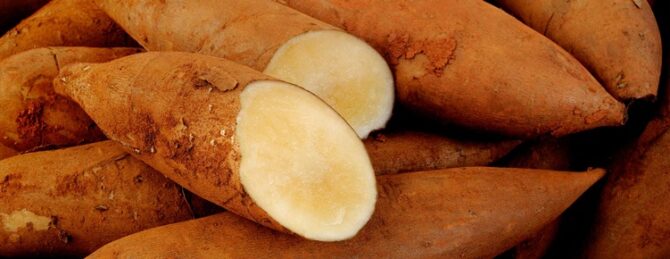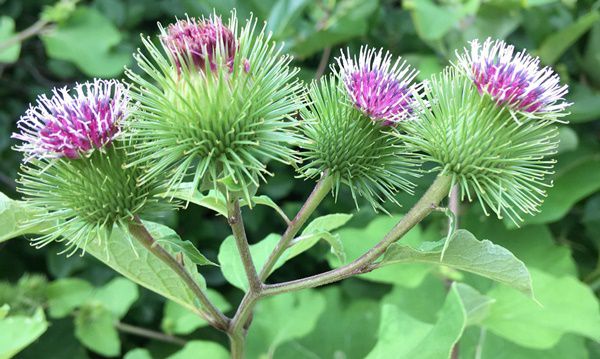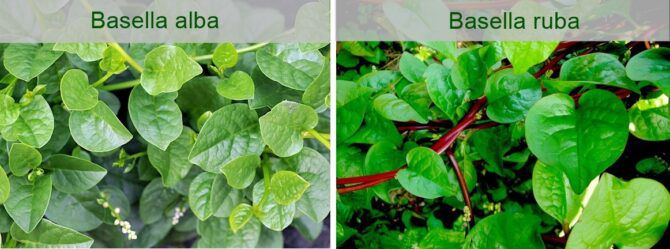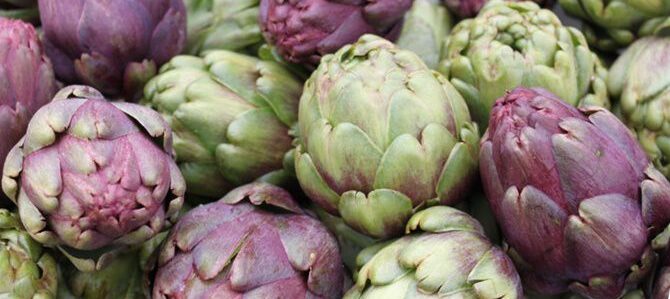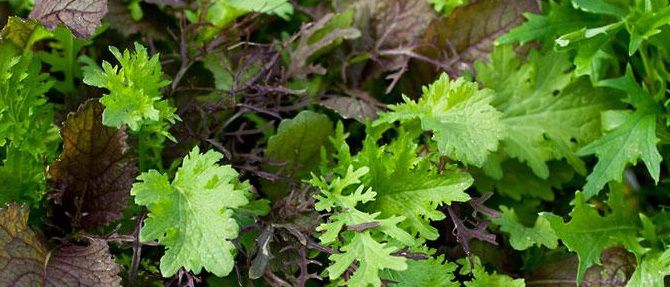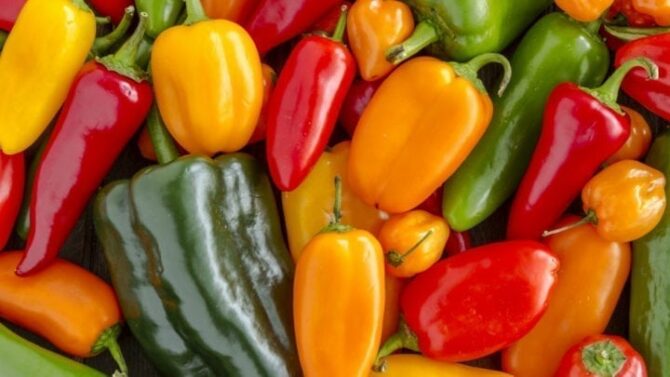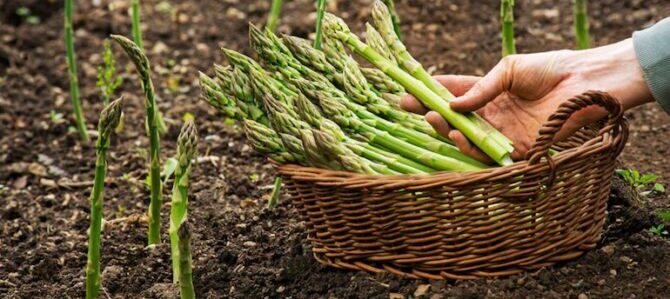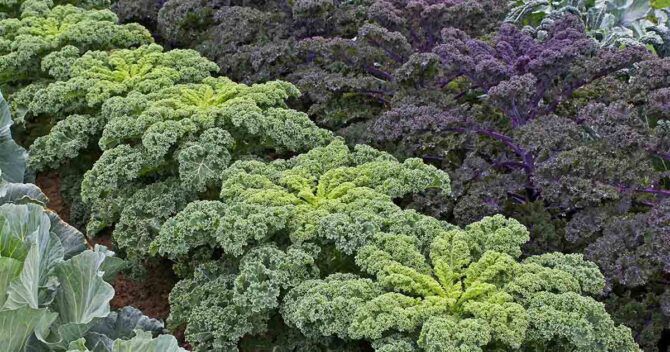Vegetables
Growing Yacon
Growing Yacon and Maintaining Yacon Plants. Yacon (Smallanthus sonchifolius) is a hardy, attractive herbaceous perennial root vegetable, which is often grown as an annual. The plant is native to South America, where it is consumed as food and it is used in traditional medicine for treating diabetes, constipation, and other diseases. It yields a large harvest of tubers that have a thin skin and crisp flesh. Tubers can be peeled and eaten raw, boiled or baked.
The Yacon plant is not only a great vegetable to grow, it is also a beautiful plant that has great ornamental value. It can grow up to 2m in height and it produces small, daisy-like yellow flowers..
Growing Yacon from Rhizomes
- Yacon likes fertile, well-drained soil and full sun, but also grows well in light shade.
- It can be grown directly in the garden or in large containers.
- It is usually planted in winter, and harvested the following autumn to early winter. However, you can also plant the rhizomes in Spring or Summer.
- Plant the rhizome about 3cm deep. Position it so that the growth buds point upwards. Cover with soil and press down firmly.
- If you are planting the rhizomes directly in the garden, then space the rhizomes about 0.5m apart.
- Rhizomes are prone to rotting if they’re in standing water or soggy soil, so water very lightly after planting and then do not water the rhizomes again until you see that they have started to break dormancy, meaning when the first green shoots appear. This will happen in Spring, if you planted the rhizomes in winter. If you planted the Rhizomes in Spring or Summer, then it can take anything from 20 to 45 days, before you will see green shoots.
- The optimum temperature for growth is 18 to 25 C, but the plant can tolerate temperatures as high as 40 C, as long as sufficient water is available.
- The plant requires 6 to 7 months of frost-free growing, from planting to harvesting the tubers.
Maintaining Yacon Plants
- Yacon plants do not really need much maintenance.
- The plant grows well in warm, low frost areas. Provide the plant with a frost cover, if you are expecting cold weather or frost.
- It is a good idea to stake the plant once it starts getting tall, to protect the stems from any possible damage during windy conditions..
- The plants tend to be pest free and in most conditions, do not require pesticides for protection from fungi and insects.
- Although Yacon is tolerant of poor soils, it grows best in fertile, well draining soil and it requires consistent moisture.
- In the South African Summer heat the large leaves sometimes droop a bit, especially if grown in direct sun and if the soil is a bit on the dry side, but they quickly bounce back again once you water the plants. However, if you see that the leaves are droopy, but the soil is moist and not dry, then you must not add more water – the leaves will bounce back again late afternoon, once the midday heat subsides.
- Keep the plants well mulched to retain moisture and keep the soil cool.
- In terms of fertilizer, you can add some potassium rich fertilizer mid-summer, if needed.
Harvesting Yacon
- After flowering, the top growth withers and dies back and the tubers are harvested.
- If you live in an area with a cold autumn and winter, then you will know that the tubers are ready to be harvested when the plant dies down and dries out. If you live in an area with very mild winters, then the plant does not always die down and dry out. In that case, you will harvest in early or mid winter.
- The easiest way to harvest Yacon is to cut down any remaining stems and then just pull the whole plant out of the soil.
- You will notice that the rhizomes are clustered at the base of the stem and the large edible tubers will be below that.
- Alternatively, if you live in an area with very mild winters and you do not want to pull the whole plant out of the soil, then you can gently dig around in the soil and remove the tubers, leaving the plant and its crown intact. Just make sure that the plant is protected from frost and keep the soil dry. Do not water the plants again until end of winter.
- Allow the tubers to dry in the sun and store in a dark cupboard for a week to sweeten further.
- Store the rhizomes in containers with soil for planting in spring or else just direct plant the rhizomes where you want them to grow and they will start sprouting in Spring.
Disclaimer
Medicinal Information:
All medicinal information on this website is for educational and informational purposes only and may not be construed as medical advice. The information is not intended to replace medical advice or treatment offered by healthcare professionals.
Seeds, Plants, Plant Cuttings, Geophytes and Dried Herbs:
In some countries and provinces, certain plants are deemed as invasive and are not allowed to be planted at all, whilst some plants are allowed to be grown only in certain areas or provinces. The onus is on you as the buyer to familiarize yourself with the regulations pertaining to your location, before purchasing any of our seeds, plants, plant cuttings, geophytes or dried herbs. We will not be held liable, should you purchase any seeds, plants, plant cuttings, geophytes or dried herbs. from us which are prohibited in your country or province.

